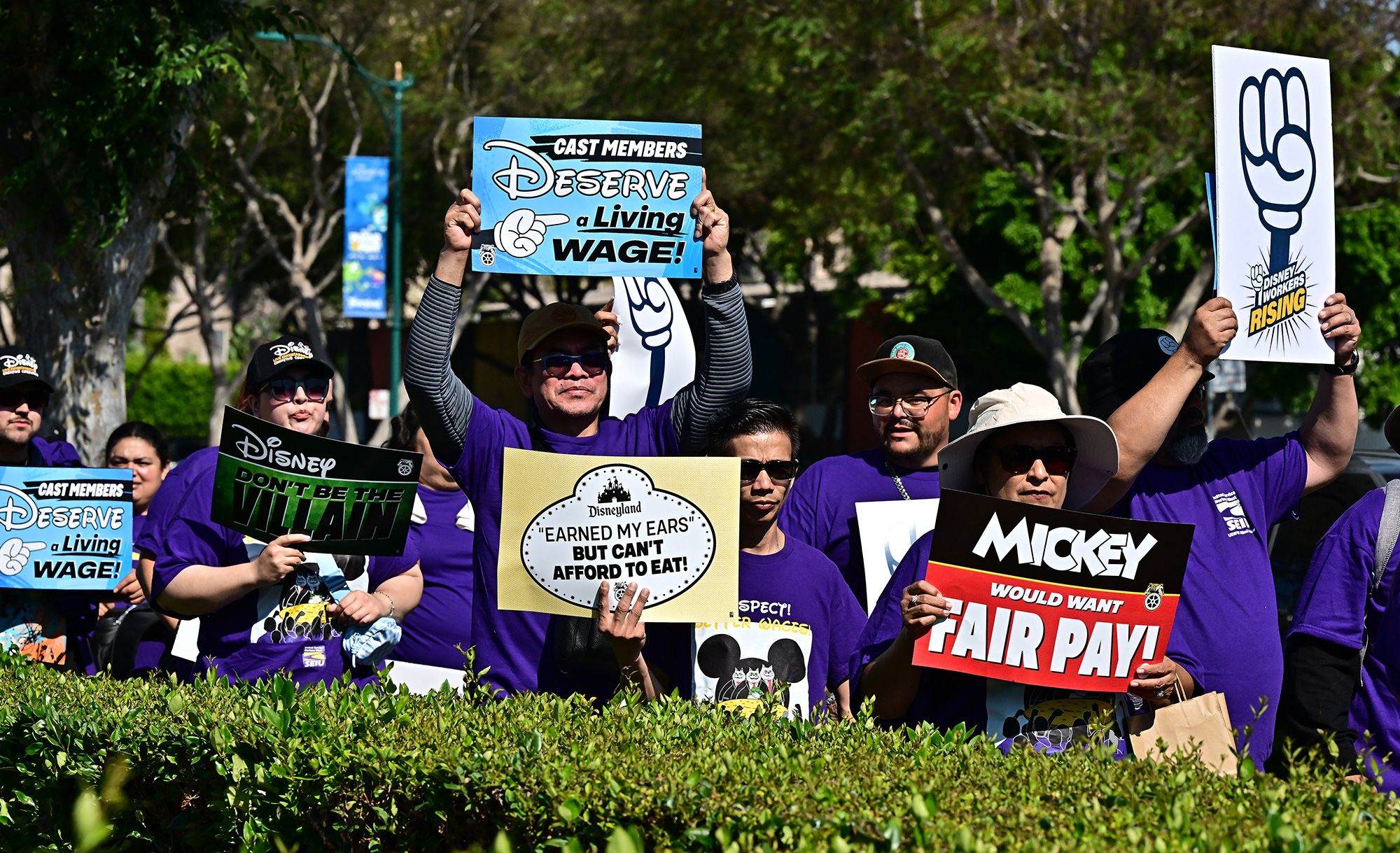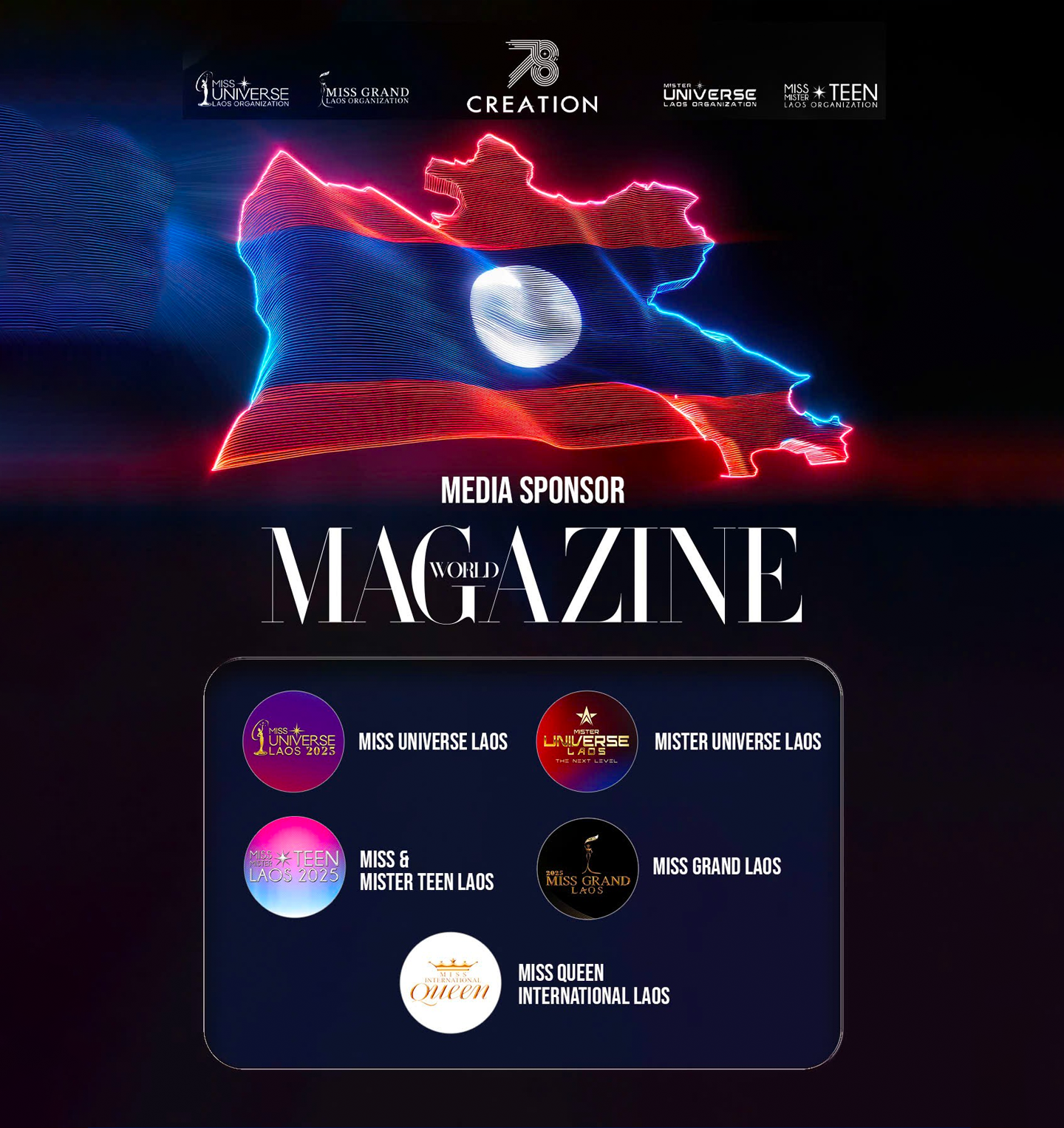In a move that underscores the complex economics of theme park management, the Walt Disney Company has executed its latest pricing adjustment at Walt Disney World and Disneyland, effective as of October 8, 2025. While headlines focus on ticket prices breaching the $200 mark for peak periods, a deeper look reveals a calculated, two-pronged strategy. The company is aggressively raising costs for high-demand experiences—including peak holiday tickets, premium Annual Passes, and the coveted Lightning Lane access—while simultaneously rolling out some of the most generous hotel and package deals in years. This strategy is designed to balance the high demand and strong spending of devoted fans with the need to entice budget-conscious families who are increasingly sensitive to the total cost of a Disney vacation. For visitors, navigating the magic now means mastering a new map of peak surcharges and potential, strategic savings.
The Peak Price Ascension: New Highs For High Demand
The most immediate takeaway from the recent changes is the establishment of a new echelon of peak pricing, aimed squarely at the most coveted travel dates. A single-day, single-park ticket for the Magic Kingdom, the flagship park at Walt Disney World, has officially crossed the $200 psychological barrier, hitting $209 plus tax for the premium season that spans Christmas and New Year’s. Similarly, Disneyland in California has pushed its top ticket price to $224, representing an 8.7% increase for the busiest days of the year.

This surge is not limited to daily entry. Annual Pass prices on both coasts are also on the rise, with two of Walt Disney World’s four annual passes seeing increases of between $20 and $80, and Disneyland’s most expensive Magic Key passes going up by 2-4%. This signals Disney’s continued strategy to maximize revenue from its most devoted, frequent visitors, who are viewed as relatively price-insensitive consumers. Even basic costs are creeping up, with standard parking at Disney World rising from $30 to $35, adding to the cumulative expense of a visit.
The Premium Economy Of Lightning Lane
The modern Disney experience is increasingly reliant on paying for efficiency, and the price hike on the skip-the-line service, Lightning Lane, confirms its status as a premium revenue driver. This system, which allows guests to purchase access to shorter wait times for popular rides, is now subject to variable and higher pricing.

The cost for the standard Lightning Lane system has increased, with the rate depending on the specific park and the demand for that day. At Disneyland, for instance, purchasing the service in advance is now around $34, with same-day purchases fluctuating higher based on crowd levels. At Walt Disney World, peak holiday periods are seeing record high prices for the service, making a full day of highly demanded attractions significantly more expensive than before. This is a clear move to manage crowd flow by pricing out all but the most committed guests during periods of strained capacity, a strategy that shifts the park experience away from traditional queuing toward a segmented, pay-to-play model.
The Counterbalance: The Return Of Aggressive Discounts
In a curious contrast to the price increases, Disney is simultaneously rolling out a slate of deep promotional offers and discounts, a tactic suggesting the company is sensitive to recent concerns over slowing attendance growth and the general perception of cost. This strategy is designed to fill hotel rooms and parks during traditionally lower-demand periods.

One of the most noteworthy offers is a deep discount for those who book multi-day packages. Guests booking a minimum four-night package, including a room and tickets, at select Disney World resorts can now receive savings of up to $250 per night for most trips spanning late February through late July 2026. This substantial saving encourages longer stays and package bookings, securing revenue far in advance. Other offers include general room discounts of up to 30% for those staying five or more consecutive nights, and even higher savings, up to 35%, for Annual Passholders at selected resorts.
Family Value And Accessibility Highlights
Beyond the large package deals, Disney has introduced specific deals aimed at attracting families with children and easing the financial burden of dining. These value-focused incentives are designed to make a vacation feel more accessible to the average budget traveller.
A highly popular offer that has made a return is the free dining plan for children aged three to nine when an adult dining plan is selected. This addresses one of the single biggest expense items in any Disney vacation—food—and serves as a powerful incentive for families to book packages that include both resort stay and tickets. Furthermore, while the highest peak prices soared, Disney has maintained the lowest price points for both resorts, with Animal Kingdom’s base ticket price holding steady at $119 and Disneyland’s slow-season ticket remaining at $104. By keeping these base prices stable, Disney can publicly defend the accessibility of its parks while relying on the date-based pricing calendar to guide budget-conscious travelers to the less crowded, less expensive times of the year.
The Economic Strategy Of Demand Shifting
The overarching strategy behind Disney’s latest pricing structure is less about simple profiteering and more about sophisticated demand shifting and yield management. The company is using both the “carrot” (discounts) and the “stick” (peak pricing) to manipulate when guests choose to visit.

By drastically increasing prices during holidays, when parks will be full regardless of cost, Disney maximizes returns from guests who lack flexibility. Conversely, by embedding deep discounts and value-adds, such as free dining and nightly savings, into off-peak and shoulder-season periods, the company succeeds in driving attendance during times when the parks would typically have excess capacity. This aims to create a more consistent, year-round attendance profile, improving park operations, easing congestion, and increasing per-capita spending across all seasons, ultimately optimizing visitor flow and revenue generation on a daily basis.
Navigating The New Map Of Disney Vacations
For the consumer, the new pricing reality demands a shift from spontaneous travel to a more flexible, calculated approach. The key to an affordable Disney vacation is now directly tied to a willingness to travel during non-traditional periods.
Prospective visitors must now carefully consult the date-based pricing calendars for both Walt Disney World and Disneyland to pinpoint the cheapest days for their trip, which often means avoiding school breaks and major calendar events. Flexibility in travel dates is the single greatest tool for saving money. Furthermore, guests must choose between the convenience of a peak-time visit, which is now an expensive luxury item, or the savings afforded by discount packages, which lock in a longer stay during less busy periods. The choice is clear: either pay the premium for the peak experience or opt for a strategic, discounted package to make the magic manageable.




